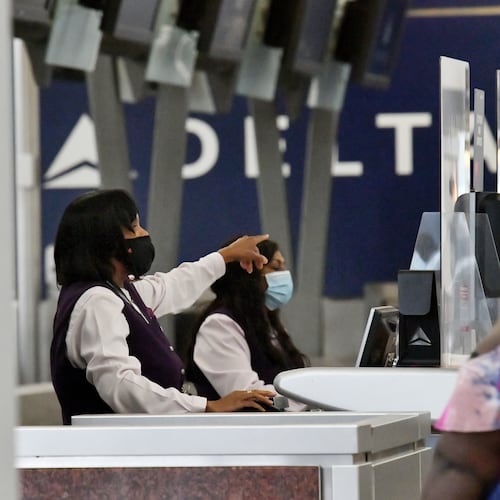What a week.
Home prices rose. Consumer confidence dropped. Personal spending took off. Mortgage rates dipped below 5 percent. And the stock market went all wobbly to start the fourth quarter.
The some good, some bad, some contradictory reports are to be expected when the economy is at an inflection point, says Mercer University’s Roger Tutterow.
“Sometimes it looks like we are at a turning point,” the professor says.
And then we get the Mother of Economic Indicators, unemployment, and it looks like the edge of the cliff again.
At this inflection point, we also are getting reports that distort the true picture.
Like spending.
According to the headlines, spending was way up in August. But not really. It was an aberration due to the cash-for-clunkers incentives. Without government intervention, spending was flat.
And until we get a real, sustained increase in spending, this recovery will give new meaning to the word turnaround.
Even with the clunkers incentive, households maintained an unusually high level of savings. Add to that July’s largest decline in consumer debt ever recorded and the sixth consecutive month of reducing debt and you see a consumer hold up in his fallout shelter.
Consumers remain worried. As well they should.
That’s why the Conference Board’s Consumer Confidence Index dipped in September.
They are worried about jobs. Those claiming jobs are hard to get rose to 47 percent, while the number of delusional people, those who say jobs are plentiful, dropped to 3.4 percent.
“Consumers remain quite apprehensive about the short-term outlook and their incomes,” noted the director of the Conference Board’s consumer confidence research.
Worried consumers worry economists. They really can’t see a recovery taking hold without a restored consumer.
The consensus is that the Gross Domestic Product for the third quarter just ended will return to positive territory after four straight quarters of decline.
So the real question is what about the fourth quarter and next year. Could we see the dreaded double-dip: a return to negative growth?
Tutterow thinks we’ll probably avoid such a horror show, but he gives double-dipping a one-third chance.
The cause for his hedging?
Unemployment and commercial real estate.
We’ve been warned for some time now that this will be a jobless recovery. Hard to imagine any recovery with 25 million Americans under or unemployed. Or even half that number.
But to reduce that number will take a huge turnaround, from losing 250,000-plus jobs a month to adding more than 125,000.
We’ll be lucky to see that next year.
Which, believe it or not, brings us to commercial real estate.
It, too, depends on employment growth. If folks aren’t buying, retailers can’t pay rent. If the rent isn’t paid, neither is the bank.
And if you can say, here we go again, then you’ll know what’s really keeping policy makers up at night.
Thomas Oliver writes a business column. He can be reached at toliver.writeright@gmail.com
About the Author
Keep Reading
The Latest
Featured


